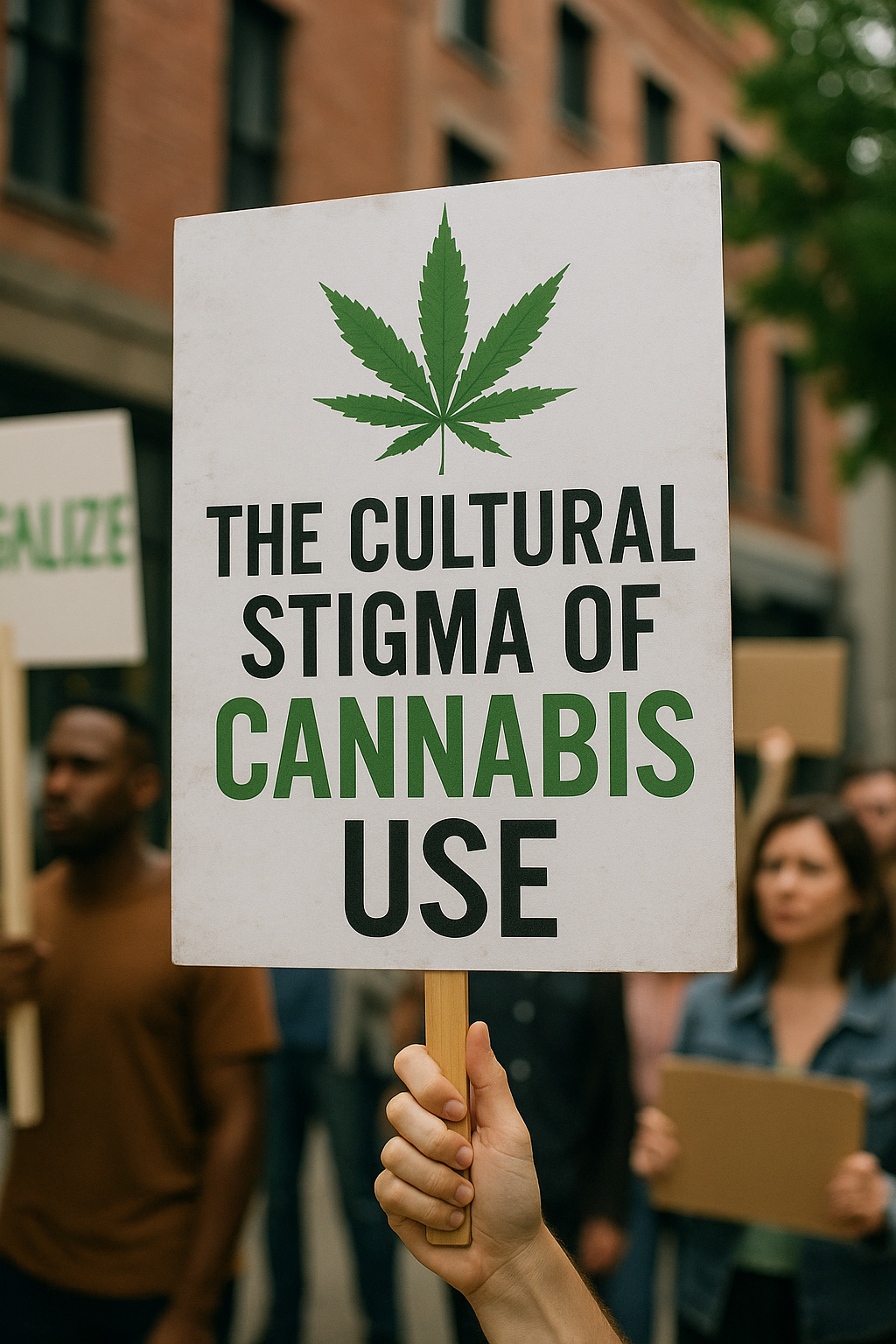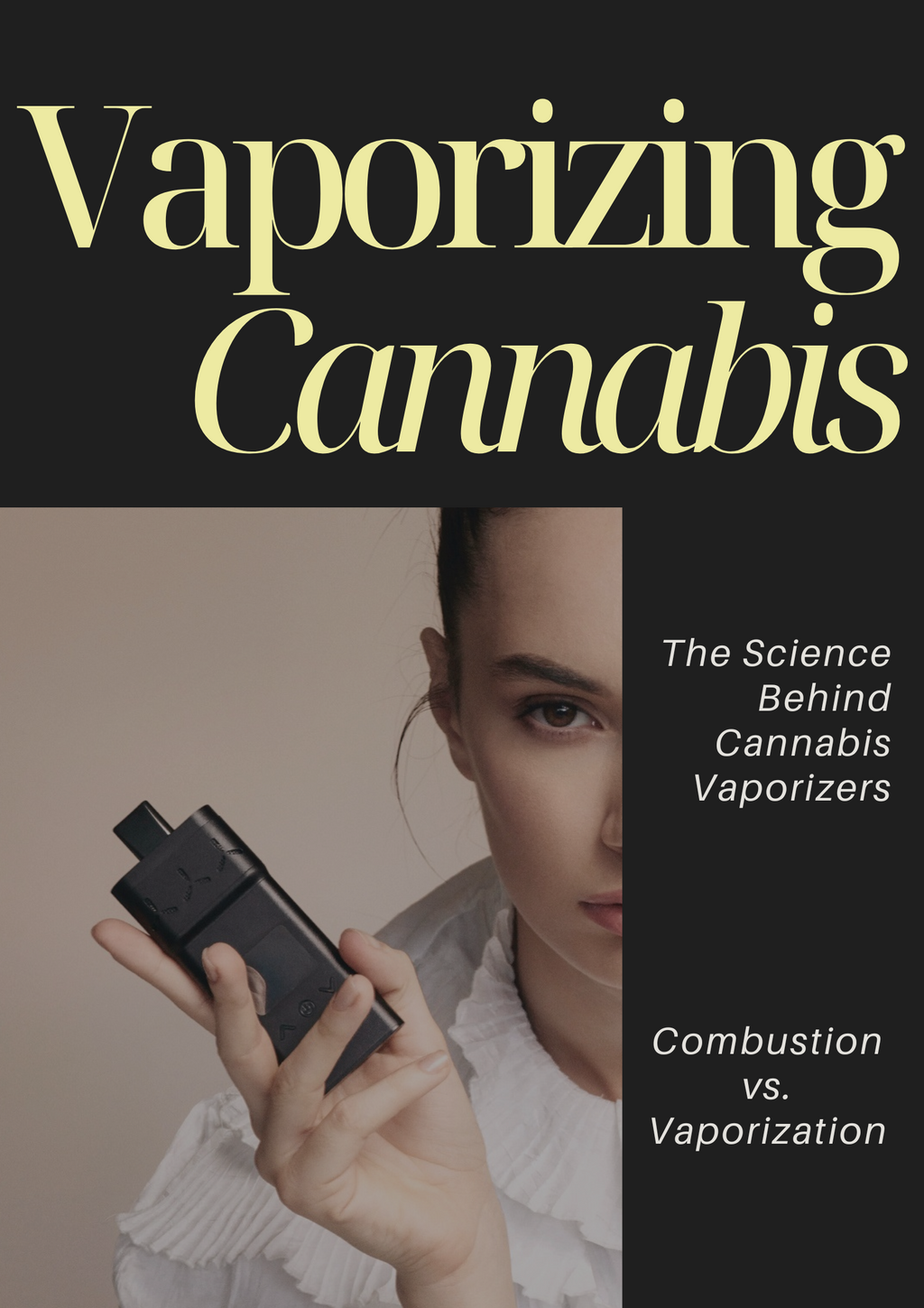The Cultural Stigma of Cannabis Use

The Cultural Stigma of Cannabis Use:
Why It Persists, and What Might Change It
For decades, Cannabis has carried the weight of a reputation far heavier than its botanical reality.
To many, it remains a dangerous drug—associated with crime, decline, or wasted youth. To others, it is medicine, wellness, and even a tool for creativity.
This divide, shaped by history, policy, and cultural narrative, raises a pressing question:
Why does Cannabis still bear such stigma, and what might change public perception?
A Long Shadow of Fear
The suspicion surrounding Cannabis in the United States—and much of the world—did not emerge naturally. It was cultivated.
In the early 20th century, campaigns like Reefer Madness cast marijuana as a menace that drove otherwise law-abiding citizens into violence or madness. The hysteria dovetailed with racialized politics: Cannabis was tied to Mexican immigrants, Black jazz musicians, and other marginalized groups. Lawmakers leaned on these stereotypes to justify harsh prohibitions.
By the 1970s, President Richard Nixon declared drugs “public enemy number one,” launching the War on Drugs. Cannabis, despite its widespread use, was categorized alongside heroin and LSD as a Schedule I substance—the strictest classification, reserved for drugs deemed to have no medical benefit and a high potential for abuse.
The consequences were sweeping. Millions were arrested for possession. Communities of color bore the brunt. The association between Cannabis and criminality deepened. For many Americans, Cannabis came to symbolize social decay rather than a medicinal or recreational choice.
The Science That Never Caught Up
What makes the stigma so persistent is its detachment from the evidence base.
Cannabis is far from risk-free. Heavy use, especially of high-THC products, can exacerbate anxiety or psychosis in vulnerable populations. Smoking, like tobacco, irritates the lungs. Impairment while driving is real.
But the claims that Cannabis is uniquely dangerous collapse under scrutiny.
- Addiction and overdose: Unlike opioids or alcohol, Cannabis has no documented fatal overdose cases. While some develop dependency, the withdrawal symptoms are typically mild compared with alcohol or nicotine.
- Medical potential: Research shows cannabinoids such as THC and CBD may relieve chronic pain, nausea, epilepsy, and PTSD. In 2018, the U.S. Food and Drug Administration approved Epidiolex, a CBD-based drug for severe epilepsy.
- Comparative harms: According to federal health data, alcohol contributes to roughly 140,000 deaths in the U.S. annually. Tobacco claims nearly 480,000. Cannabis, by contrast, claims none directly.
The discrepancy between evidence and perception is partly structural. Because Cannabis is federally illegal, researchers face significant barriers to studying it. For decades, the very laws intended to protect public health kept science from advancing.
Stigma in Everyday Life

Ai generated Picture
Despite legalization in more than 20 states for recreational use, stigma lingers in the daily lives of users.
In the workplace, drug testing policies often punish employees who consume Cannabis outside of work hours—even if they are medical patients. A positive test can mean termination, with little recourse.
In healthcare, patients frequently conceal their cannabis use from doctors, fearing judgment or misunderstanding. That silence can undermine treatment.
In family life, cannabis use can carry disproportionate risks. Parents in legal states have reported custody disputes when cannabis consumption becomes known. Young people, meanwhile, often face harsher punishments for Cannabis than for alcohol.
And in public perception, the caricature of the lazy stoner endures, reinforced by decades of film and television. Cannabis use is rarely depicted as mundane or professional, in the way a glass of wine at dinner might be.
Stories Behind the Plant

To move beyond stereotypes, one must listen to lived experience.
A young professional in Seattle recalls turning to Cannabis during the pandemic. Strains with higher CBD content, such as Harlequin, offered relief from anxiety without the heavy intoxication of alcohol. “I felt like myself, just steadier,” she said.
Another user described Blue Dream, a hybrid popular for its smooth effects. “It doesn’t knock me out,” he explained. “It just softens the edges.”
Not all stories are positive. A college student recounted trying Sour Diesel, a high-THC sativa, before studying. Instead of focus, he experienced racing thoughts and paranoia. “That was a lesson,” he said. “It’s not for every situation.”
These anecdotes highlight a truth: Cannabis is not one-size-fits-all. Like coffee, wine, or prescription medications, effects depend on chemistry, dosage, and individual sensitivity. But none of these accounts align with the image of Cannabis as a life-destroying vice.
Why the Stigma Holds
Why, then, does Cannabis remain ensnared in stigma, even as legalization spreads? Several forces converge.
- Misinformation outpaces education. The propaganda of the 20th century reached more people than the nuanced science emerging today.
- Legal contradictions sow confusion. Cannabis is legal in Colorado, illegal in Idaho, and federally banned everywhere. To the casual observer, that inconsistency itself suggests danger.
- Media portrayal reinforces tropes. Even as cannabis businesses become billion-dollar enterprises, mainstream depictions still lean on the stoner archetype.
- Competing industries resist change. Alcohol and pharmaceutical lobbies have historically opposed cannabis reform, wary of losing market share.
What Can Be Done
Changing perceptions requires more than legalization. It demands cultural and educational shifts.
1. Normalize the conversation. When people speak openly about using Cannabis for sleep or pain, the taboo weakens. The more stories surface from ordinary citizens—not caricatures—the more the narrative shifts.
2. Highlight medical legitimacy. Veterans finding relief from PTSD, children with epilepsy controlling seizures, cancer patients easing chemotherapy nausea—these stories humanize Cannabis far more effectively than statistics.
3. Prioritize education over fear. Schools and parents can address Cannabis with nuance, discussing both benefits and risks. The abstinence-style messaging of “Just Say No” proved ineffective.
4. Compare with legal substances. A clear-eyed comparison reframes Cannabis.
| Substance | Annual Deaths (U.S.) | Medical Use? | Legal Status |
|---|---|---|---|
| Alcohol | ~140,000 | No | Legal |
| Tobacco | ~480,000 | No | Legal |
| Opioids | ~80,000 (overdoses) | Yes | Prescription |
| Cannabis | 0 (direct overdose) | Yes | Mixed |
5. Reform workplace and legal systems. Outdated drug testing policies and criminal records continue to punish cannabis users. Expungement, workplace reform, and equitable industry participation are essential to rebuild trust.
6. Modernize the image. Sleek vaporizers, carefully labeled edibles, and even coal-free electric hookahs present cannabis use as professional and safe. The shift from joint-smoking stereotypes to design-driven devices helps dismantle stigma.
Counterarguments Remain
Skepticism is not without reason.
- Youth exposure: Critics worry that legalization will normalize Cannabis for teenagers. Data so far shows mixed results—youth use has not spiked dramatically in legal states, but concern remains.
- Impaired driving: Cannabis impairs reaction time, posing risks on the road. Unlike alcohol, there is no simple roadside test for impairment.
- Mental health: Heavy cannabis use can worsen psychosis or anxiety in predisposed individuals. Advocates acknowledge the need for clear labeling and education.
These counterpoints underscore that Cannabis is not harmless. But they also suggest that stigma should be replaced with regulation, research, and responsible use—not prohibition.
Toward a Trustworthy Industry
The cannabis industry itself has a role to play in reshaping perceptions. Transparency is key.
- Accurate labeling of THC and CBD levels builds trust.
- Education about terpenes—the aromatic compounds shaping effects—empowers consumers to choose wisely.
- Rigorous testing for pesticides and contaminants ensures safety.
- Honesty about risks builds credibility. Glossing over negatives only feeds skepticism.
When consumers see professionalism, science, and accountability, the narrative of Cannabis as a shadowy drug begins to crumble.
The Path Ahead
The stigma surrounding Cannabis may be rooted in the past, but it need not dictate the future. Already, public opinion is shifting. A majority of Americans now support legalization. Medical Cannabis is legal in over 40 states. Billions of dollars flow into a once-clandestine industry.
Yet cultural change moves slower than policy. For many, Cannabis will always evoke suspicion, a relic of propaganda and punitive law. For others, it represents healing, creativity, and community.
The truth lies somewhere between. Cannabis is not the menace it was once portrayed to be, nor is it a cure-all. It is a plant with risks and benefits, shaped by how and why it is used.
The question is whether society can replace fear with facts, stereotypes with lived experience, and punishment with compassion. That shift will not erase the past, but it may offer a future where Cannabis is seen for what it is, not what it was once made out to be.


